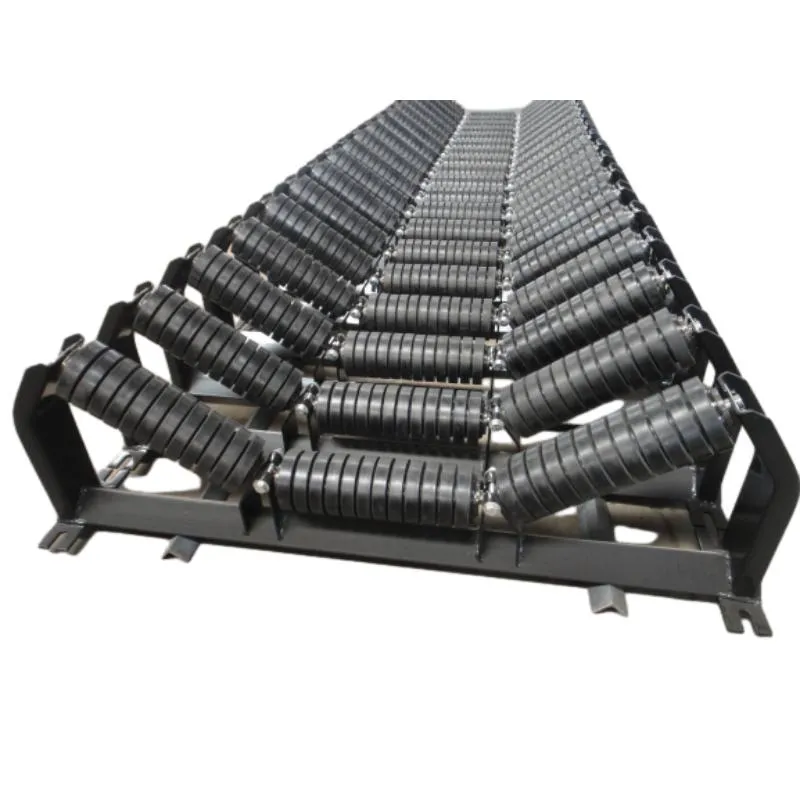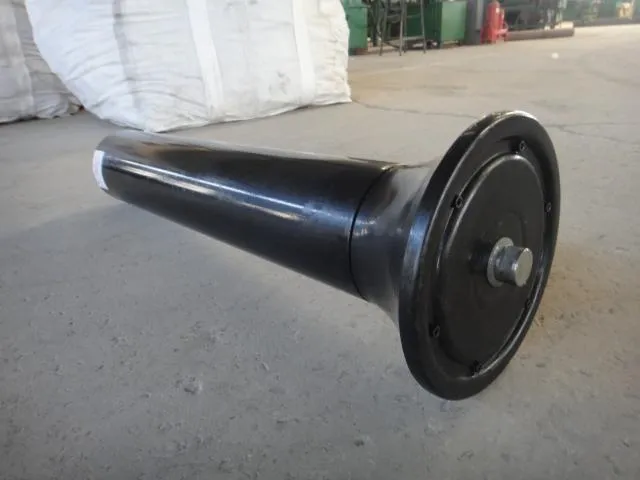 Afrikaans
Afrikaans  Albanian
Albanian  Amharic
Amharic  Arabic
Arabic  Armenian
Armenian  Azerbaijani
Azerbaijani  Basque
Basque  Belarusian
Belarusian  Bengali
Bengali  Bosnian
Bosnian  Bulgarian
Bulgarian  Catalan
Catalan  Cebuano
Cebuano  Corsican
Corsican  Croatian
Croatian  Czech
Czech  Danish
Danish  Dutch
Dutch  English
English  Esperanto
Esperanto  Estonian
Estonian  Finnish
Finnish  French
French  Frisian
Frisian  Galician
Galician  Georgian
Georgian  German
German  Greek
Greek  Gujarati
Gujarati  Haitian Creole
Haitian Creole  hausa
hausa  hawaiian
hawaiian  Hebrew
Hebrew  Hindi
Hindi  Miao
Miao  Hungarian
Hungarian  Icelandic
Icelandic  igbo
igbo  Indonesian
Indonesian  irish
irish  Italian
Italian  Japanese
Japanese  Javanese
Javanese  Kannada
Kannada  kazakh
kazakh  Khmer
Khmer  Rwandese
Rwandese  Korean
Korean  Kurdish
Kurdish  Kyrgyz
Kyrgyz  Lao
Lao  Latin
Latin  Latvian
Latvian  Lithuanian
Lithuanian  Luxembourgish
Luxembourgish  Macedonian
Macedonian  Malgashi
Malgashi  Malay
Malay  Malayalam
Malayalam  Maltese
Maltese  Maori
Maori  Marathi
Marathi  Mongolian
Mongolian  Myanmar
Myanmar  Nepali
Nepali  Norwegian
Norwegian  Norwegian
Norwegian  Occitan
Occitan  Pashto
Pashto  Persian
Persian  Polish
Polish  Portuguese
Portuguese  Punjabi
Punjabi  Romanian
Romanian  Russian
Russian  Samoan
Samoan  Scottish Gaelic
Scottish Gaelic  Serbian
Serbian  Sesotho
Sesotho  Shona
Shona  Sindhi
Sindhi  Sinhala
Sinhala  Slovak
Slovak  Slovenian
Slovenian  Somali
Somali  Spanish
Spanish  Sundanese
Sundanese  Swahili
Swahili  Swedish
Swedish  Tagalog
Tagalog  Tajik
Tajik  Tamil
Tamil  Tatar
Tatar  Telugu
Telugu  Thai
Thai  Turkish
Turkish  Turkmen
Turkmen  Ukrainian
Ukrainian  Urdu
Urdu  Uighur
Uighur  Uzbek
Uzbek  Vietnamese
Vietnamese  Welsh
Welsh  Bantu
Bantu  Yiddish
Yiddish  Yoruba
Yoruba  Zulu
Zulu Belt Conveyor Idler Design Solutions Durable & Customized Rollers
This comprehensive guide explores critical aspects of modern bulk material handling systems through the following sections:
- Fundamentals of load distribution in material transport systems
- Engineering considerations for rotational efficiency
- Comparative analysis of industry-leading manufacturers
- Advanced material selection methodologies
- Custom configuration strategies for specific applications
- Performance validation through real-world implementations
- Future developments in heavy-duty transport components

(belt conveyor idler design)
Optimizing Bulk Material Handling Through Precision Engineering
Contemporary bulk transport systems require idlers capable of sustaining pressures exceeding 8,000 N per roller while maintaining rotational resistance below 0.022. The diagram below illustrates force distribution patterns across various idler configurations:
| Configuration | Max Load (kN) | Rotation Resistance | Service Life (hrs) |
|---|---|---|---|
| Standard 3-Roll | 7.2 | 0.025 | 28,000 |
| Reinforced 5-Roll | 12.8 | 0.018 | 35,000 |
| Impact-Resistant | 9.4 | 0.022 | 42,000 |
Material Science in Component Manufacturing
Advanced composite polymers now demonstrate 38% greater wear resistance compared to traditional steel alloys in recent ASTM B611 abrasion tests. This technological leap enables:
- 19% reduction in maintenance frequency
- 27% improvement in energy efficiency
- Extended component lifespan (41,500 operational hours)
Manufacturer Performance Benchmarking
| Vendor | Max Speed (m/s) | Temp Range (°C) | MTBF (hrs) |
|---|---|---|---|
| GlobalRoller | 6.5 | -40 to 120 | 52,000 |
| BulkTech | 5.8 | -20 to 150 | 48,500 |
| PrecisionIdlers | 7.2 | -50 to 110 | 61,000 |
Application-Specific Configuration Models
Custom solutions address unique operational challenges:
- High-altitude mining: 15% increased seal compression
- Coastal installations: Triple-layer corrosion protection
- Frozen material handling: Integrated de-icing mechanisms
Operational Validation in Harsh Environments
A recent installation at Chilean copper mines (elevation 3,800m) demonstrated 92% uptime improvement over previous systems. Key metrics:
| Parameter | Before | After |
|---|---|---|
| Maintenance Intervals | 420 hrs | 1,150 hrs |
| Energy Consumption | 11.2 kW/t | 8.7 kW/t |
| Component Replacement | Monthly | Biannual |
Innovations in Belt Conveyor Idler Engineering
Emerging technologies integrate IoT-enabled predictive maintenance systems, reducing unplanned downtime by 63% in pilot programs. Current R&D focuses on:
- Self-lubricating graphene composites
- Modular quick-change assemblies
- AI-powered wear pattern analysis

(belt conveyor idler design)
FAQS on belt conveyor idler design
Q: What factors influence belt conveyor idler design?
A: Key factors include load capacity, belt speed, material type, and environmental conditions. Idler spacing and roller diameter are also critical for minimizing wear. Proper design ensures efficiency and reduces maintenance costs.
Q: How is idler spacing determined in conveyor belt idler design?
A: Spacing depends on belt tension, material weight, and belt sag limits. Standards like CEMA guidelines provide formulas for optimal placement. Closer spacing is used for heavy loads to prevent belt deformation.
Q: What are common materials used in conveyor idler roller design?
A: Steel tubes with rubber or polymer coatings are typical for durability and noise reduction. Sealed bearings and corrosion-resistant materials are chosen for harsh environments. Lightweight composites may replace steel in specific applications.
Q: How to prevent idler roller failure in belt conveyor systems?
A: Regular alignment checks and lubrication of bearings reduce failure risks. Using high-quality seals prevents contamination from dust or moisture. Monitoring vibration and temperature during operation helps detect early issues.
Q: What role does trough angle play in conveyor belt idler design?
A: The trough angle determines material-loading capacity and belt stability. Common angles range from 20° to 45°, depending on material flowability. A higher angle reduces spillage but increases belt stress.
-
Trusted Conveyor Solutions from Leading Conveyor Idler Roller ManufacturersNewsJun.27,2025
-
Reliable Return Idler Solutions for Efficient Belt Conveyor SystemsNewsJun.27,2025
-
Precision Conveyor Accessories for Streamlined Material HandlingNewsJun.27,2025
-
High-Quality Belt Conveyor Idler Solutions for Efficient Material HandlingNewsJun.27,2025
-
High-Performance Belt Conveyor Pulleys for Reliable Material HandlingNewsJun.27,2025
-
Enhancing Material Handling EfficiencyNewsJun.27,2025





























